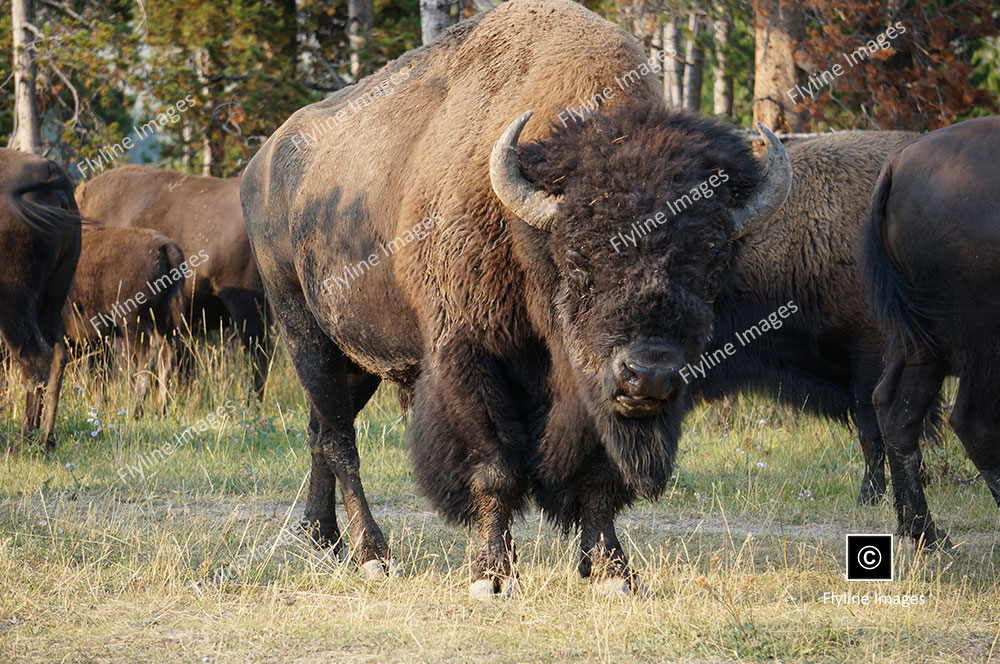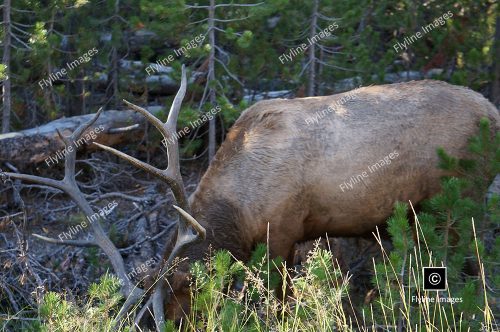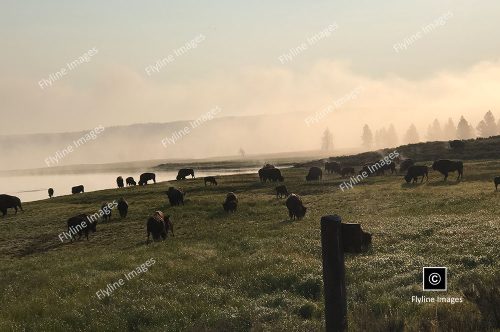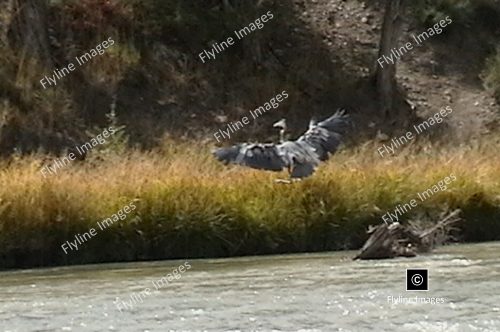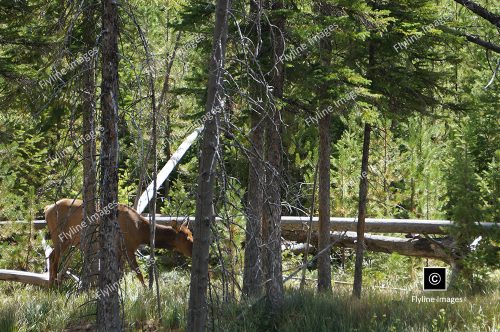Beautiful Yellowstone Bison
Buffalo 7939
$15.00
Description
Hayden Valley in Yellowstone National Park is renowned for its breathtaking vistas and abundant wildlife, particularly the majestic buffalo herds. These herds are one of the most iconic sights in the park, offering visitors a unique glimpse into America’s natural heritage. During the summer months, Hayden Valley becomes a prime habitat for these magnificent animals, with large herds often seen grazing in the meadows or crossing the Yellowstone River. The valley’s lush grasses and accessible water sources create an ideal environment for the buffalo, allowing them to thrive in this protected area. Observing these massive beasts in their natural setting provides a profound connection to the past, offering a window into the ecosystems that existed long before modern intervention.
In addition to the buffalo, visitors to Hayden Valley may also spot other wildlife such as elk, moose, and grizzly bears. This diversity of species is a testament to the park’s dedication to preserving its natural habitats and promoting biodiversity. As one of the largest remaining intact ecosystems in the United States, Yellowstone National Park offers a vital sanctuary for these animals and serves as an important reminder of our responsibility to protect and conserve our planet’s precious resources.
Aside from its role as a haven for wildlife, Hayden Valley also boasts stunning scenery that draws in countless nature enthusiasts each year. The valley is situated between two mountain ranges – the Absarokas and Gallatin Range – offering sweeping views of rugged peaks and sprawling meadows. The Yellowstone River runs through the valley, creating a peaceful oasis amidst the dramatic landscape. This combination of natural beauty and diverse wildlife makes Hayden Valley a must-visit destination for any traveler looking to escape into nature and disconnect from the hustle and bustle of everyday life.
While visiting Hayden Valley, it’s important to remember that this is not just a scenic spot, but also a vital ecosystem that requires our respect and protection. Visitors are urged to follow park rules and regulations, such as keeping a safe distance from wildlife and properly disposing of trash. By doing so, we can ensure that future generations will be able to experience the wonder of Hayden Valley and all its inhabitants. Whether you are a seasoned nature enthusiast or a first-time visitor, Hayden Valley is sure to leave a lasting impression and inspire a deeper appreciation for our natural world.
Image & Download Information
For this product, we have provided 3 image size options, Large 4000 x 2500, Medium 2000 x 1250 and Small 1000 x 625. When you purchase this photo, you will receive an email confirmation of your order. That email will summarize your purchase and provide you with the download links for the images and videos you purchased.
BUFFALO HERDS IN YELLOWSTONE NATIONAL PARK
The bison herds of Lamar Valley in Yellowstone National Park are a testament to successful wildlife conservation efforts. This majestic valley, often referred to as “America’s Serengeti,” is one of the best places in the world to observe wild bison in their natural habitat. The herds here have flourished, roaming freely across an expansive landscape that closely resembles the environment these creatures encountered hundreds of years ago. Visitors to Lamar Valley are frequently treated to the sight of these iconic animals grazing among the valley’s grasslands, showcasing the resilience of bison and the critical importance of protected areas for species recovery.
Located in the northwest corner of Wyoming, Yellowstone National Park is a vast expanse of protected wilderness spanning over 3,400 square miles. It was established in 1872 as the first national park in the United States and is widely recognized as one of the most iconic and biodiverse regions in North America. The park is home to over 60 species of mammals, including bison, grizzly bears, wolves, elk, and pronghorn. It also boasts more than 300 species of birds and a variety of fish and reptiles.
Yellowstone’s rich biodiversity is due in part to its diverse ecosystems, which range from alpine tundra to subalpine forests and grasslands. The park’s location at the intersection of three major ecosystems – the Northern Rockies, Great Plains, and Intermountain West – creates a unique habitat that supports a wide range of species. However, it is the preservation of these ecosystems through conservation efforts that has allowed Yellowstone’s wildlife to thrive.
In addition to being a haven for bison, Lamar Valley is also a vital home for many other species. The open grasslands and wetlands provide essential habitat for elk, which in turn attracts predators such as wolves and grizzly bears. The valley is also home to a plethora of bird species, including sandhill cranes, bald eagles, and western meadowlarks. These diverse habitats contribute to the overall health of the ecosystem and make Lamar Valley an important area for ecological research and study.
Beyond its role as a wildlife sanctuary, Lamar Valley is also a popular destination for outdoor enthusiasts and nature lovers. Hiking trails and scenic drives offer opportunities to explore the valley’s stunning landscapes and observe wildlife in action. Visitors can often spot bison crossing rivers or grazing on grasslands, providing an up-close and personal experience with these iconic creatures. The valley is also a prime location for camping, allowing visitors to immerse themselves in the beauty of Yellowstone’s wild landscapes.


